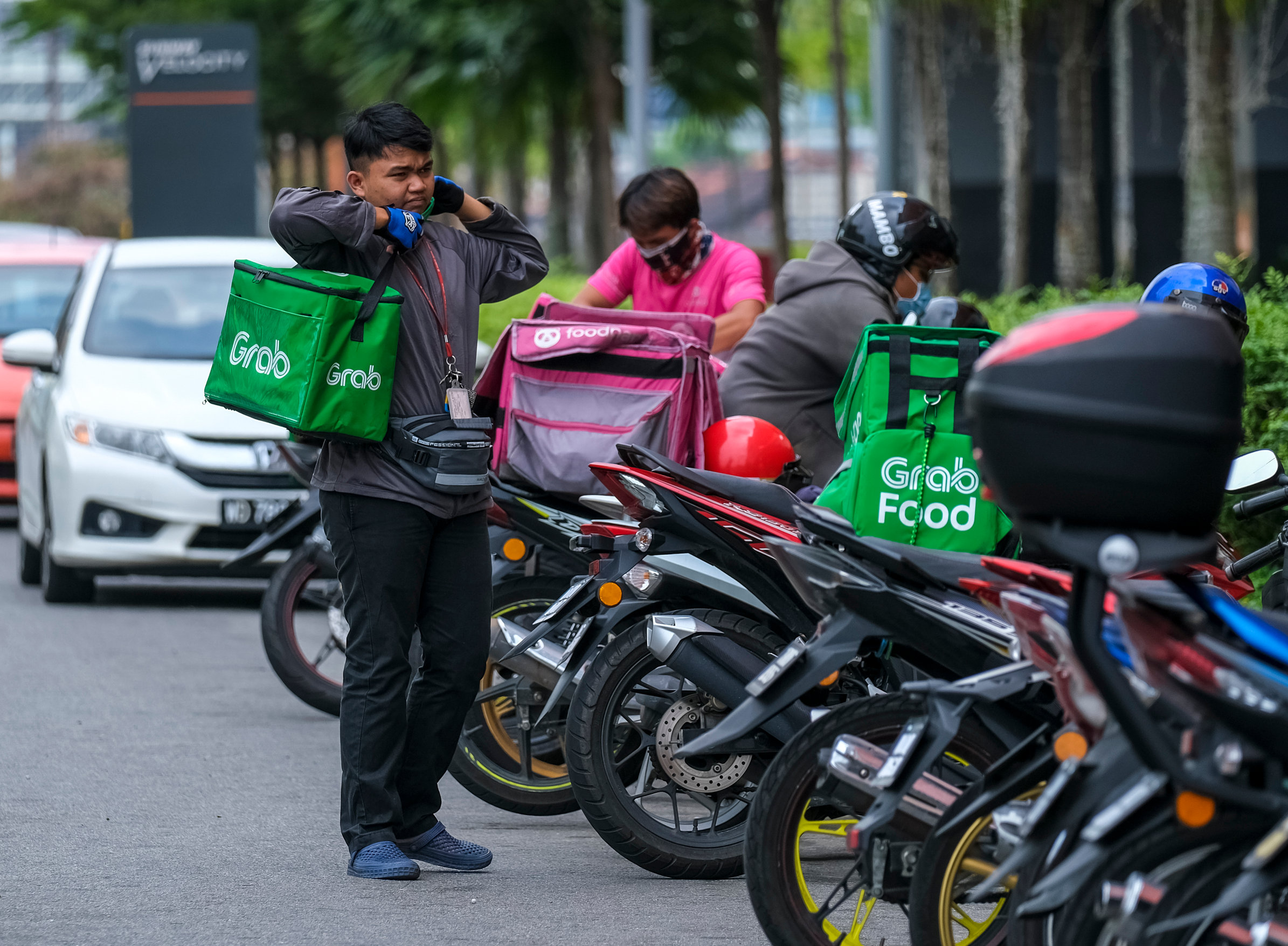In the bustling cities of Boston, Chicago, Los Angeles, San Francisco Bay, and Seattle, thousands of drivers hustle daily for ride-hailing and delivery companies like Uber, Lyft, and DoorDash. These gig workers, seen by many as symbols of the flexible modern economy, might be earning less than you think.
According to a recent study by the UC Berkeley Labor Center and the Center for Wage and Employment Dynamics, many of these drivers earn below the local minimum wage when costs such as gas and vehicle maintenance are factored in.
The study, which analyzed over 52,000 trips made by 1,088 drivers, highlights a concerning trend in gig economy wages, especially when these workers are classified as independent contractors rather than employees. This classification absolves companies from offering benefits like healthcare, paid leave, and minimum wage guarantees.

Decoding Earnings: The Complex Reality Behind the Wheel
Researchers utilized data from the Gridwise app, a tool that aids drivers in tracking their earnings and managing expenses. Findings from January 2022 revealed that many drivers who spent significant hours on the road—those working 32 hours a week or more—often earned less than half of the local minimum wage.
Delivery drivers, relying heavily on tips outside California, fared even worse, with an adjusted net hourly earning of merely 40 cents when gratuities were excluded. “Pay for gig drivers rarely exceeds the employee-equivalent local minimum wage,” the authors noted, casting doubts on the viability of gig driving as a reliable income source for most.
On paper, median gross hourly earnings might paint a rosier picture—with passenger drivers in California making above minimum wage before tips—but the reality shifts starkly once operational costs are deducted.

Corporate Responses: A Varied Picture
The response from companies has been mixed. DoorDash disputed the study’s findings, citing that their drivers in California, also known as Dashers, earned approximately $36 per hour while on deliveries in 2023, marking a significant increase from previous years.
Lyft also highlighted a new policy ensuring drivers receive at least 70% of rider fares post-external fees, with a typical U.S. driver earning around $31.10 per hour of engaged time. On the other hand, Uber emphasized that their drivers earn “more than $30 an hour while working on the app,” with California drivers reportedly making an average of $34.46 per active hour, including tips.
Legislative Efforts and Driver Perspectives
This issue is not going unnoticed in legislative circles. For example, California’s Proposition 22, passed in 2020, attempts to secure a minimum earning threshold for gig workers, though it stops short of offering full employee benefits.
Similarly, recent laws in Seattle and New York City aim to establish minimum compensation standards for gig drivers, reflecting a growing recognition of their precarious financial realities.
However, the effectiveness of these measures remains a topic of heated debate.
Many drivers continue to express dissatisfaction with their earnings, pointing to the high percentage of income eaten up by hidden costs and unpaid waiting times. This dissatisfaction occasionally spills over into protests and demands for better pay and conditions.

The Bigger Picture: Gig Work in America’s Economy
Despite these challenges, gig work remains a significant part of the American economic landscape. The share of individuals receiving income from gig jobs has notably increased since the onset of the pandemic, underscoring its role as an essential, albeit flawed, pillar of the workforce.
As gig economy companies continue to thrive, the debate over fair compensation for gig workers is unlikely to abate. With legislative scrutiny increasing and driver unrest growing, the future of gig work remains as uncertain as the income it provides for many across the U.S.









